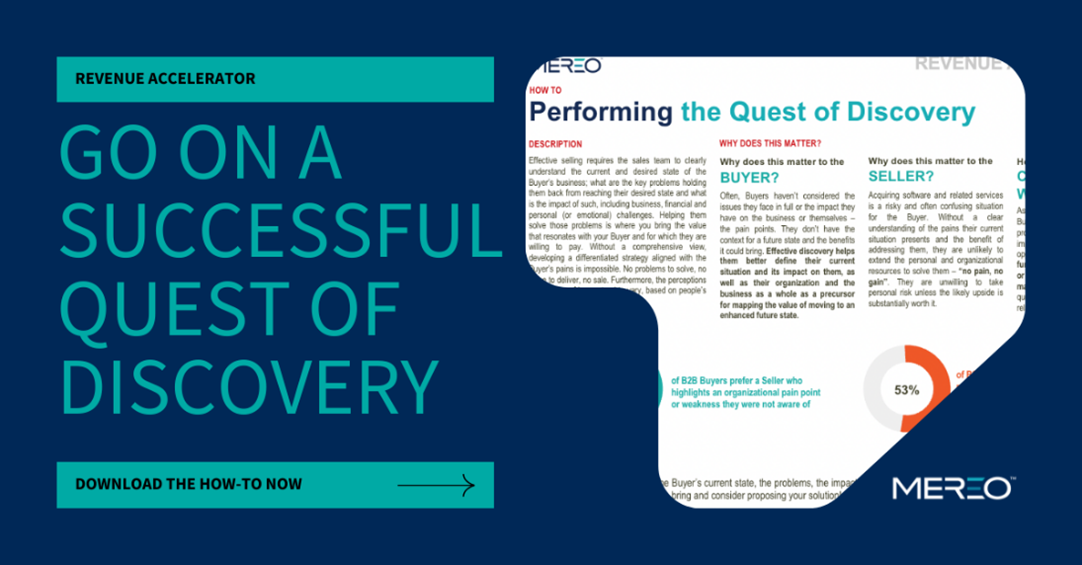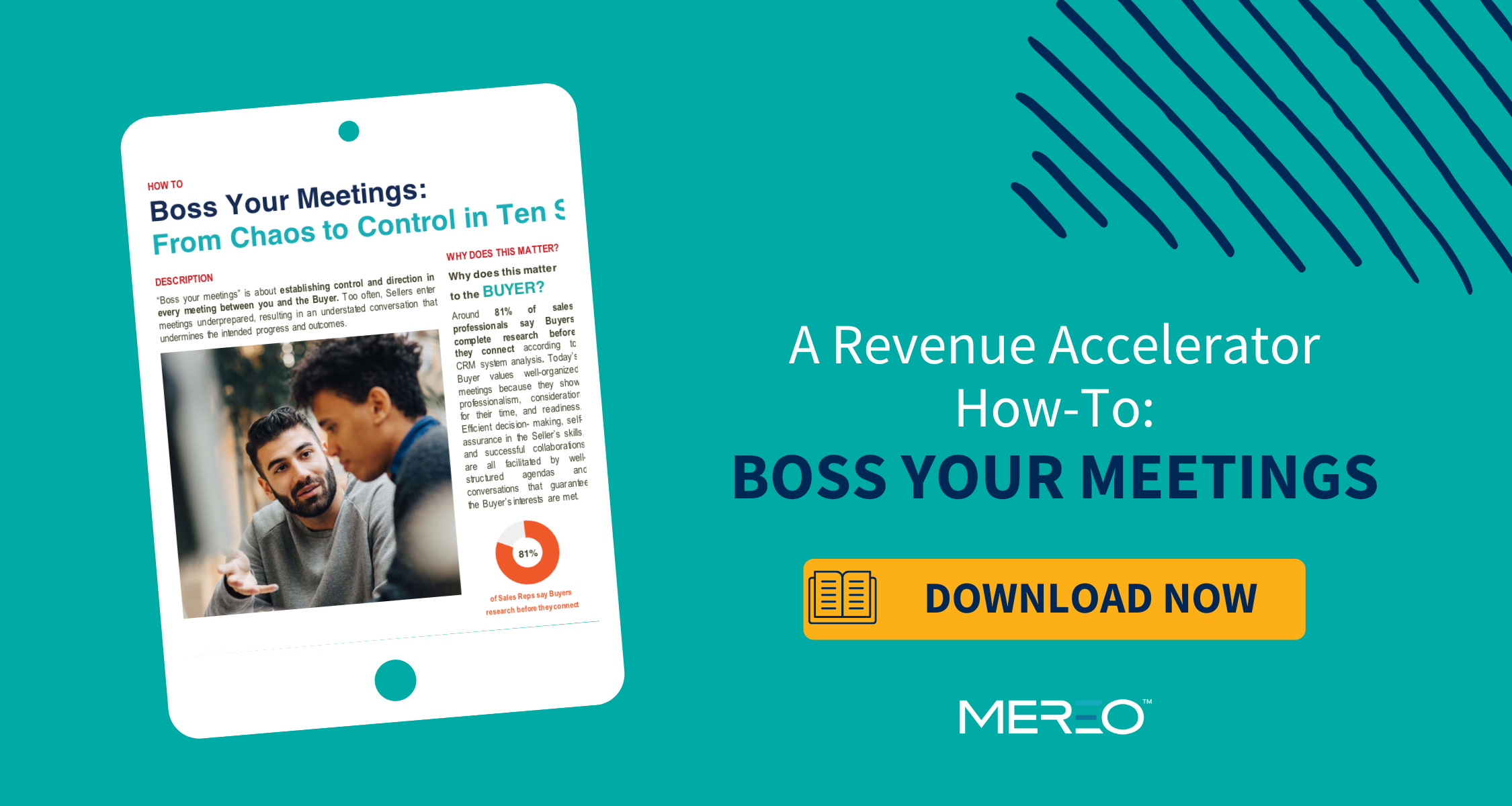In today’s competitive marketplace, successful selling is predicated on becoming a trusted advisor to the buyer, fostering relationships based on trust, credibility and a deep understanding of the buyers’ needs, pains and desires. Embracing this approach transforms the process into a collaborative partnership between the buyer and the seller, where the seller is not just a vendor but a reliable ally in the buyers’ success.
GAIN BUYERS’ TRUST AND CREATE A WIN-WIN SITUATION
Why does this matter to the buyer? In a complex and highly-dynamic environment, having a trusted advisor comforts and reassures the buyer that they receive not just a product but a valuable and comprehensive solution that is tailored to their organization’s unique needs and challenges. Trust minimizes the perceived risks associated with solution adoption, enhances the likelihood of successful value realization, and provides the much-needed confidence to navigate the evolving market landscape.
Why does this matter to you, the seller? Being a trusted advisor elevates you from a transactional role to that of a strategic collaborator and partner. This status is essential for establishing and nurturing long-term relationships and customer retention, and maximizing potential for up-selling additional value. A trusted advisor is uniquely qualified to more-effectively navigate tricky objections, influence the buying committee and key decision-makers, and position the solutions (and solution provider) as an essential asset to the buyer’s ongoing success.
How does it improve your chance of winning? Trust is a decisive factor in the decision-making process for all buyers. According to Salesforce (State of Sales Report), 88% of B2B buyers purchase only when they see the seller as a trusted advisor. Why might that be the case? Because buyers are more likely to choose a solution from a provider they trust — even if it comes at a premium. Building trust also leads to positive word-of-mouth, referrals and testimonials, further enhancing the seller’s reputation. This in turn triggers more value-oriented conversations, which attracts more opportunities and increases overall win rate.
KNOW WHAT IT TAKES TO BECOME A TRUSTED ADVISOR
Becoming a trusted advisor in the competitive sales landscape requires a strategic combination of diligent research, tailored content delivery, active listening, relationship-building and a relentless focus on providing value. By embodying these principles, you position yourself and your organization as indispensable partners in the success of your buyers.
Get our revenue performance accelerator how-to guide on becoming a trusted advisor today and share the six leading practices for fostering trust with your sales force.
Becoming a trusted advisor is just one part of the greater whole. Your sales force needs the right skills and behaviors for each of the 10 critical steps in the sales process to lead your buyers to a deal.
EARLY STAGE
- Prospecting power moves
- Resisting the itch to pitch
- Leading their meetings
- Performing the quest of discovery
MID-STAGE
- Becoming a trusted advisor
- Maintaining control of the buying journey
- Avoiding being single-threaded with buyers
LATE STAGE
- Reframing objections
- Managing radio silence
- Going beyond budget constraints
Reach out to our experts to learn how we can help boost your sales team’s skills and accelerate your revenue performance.













